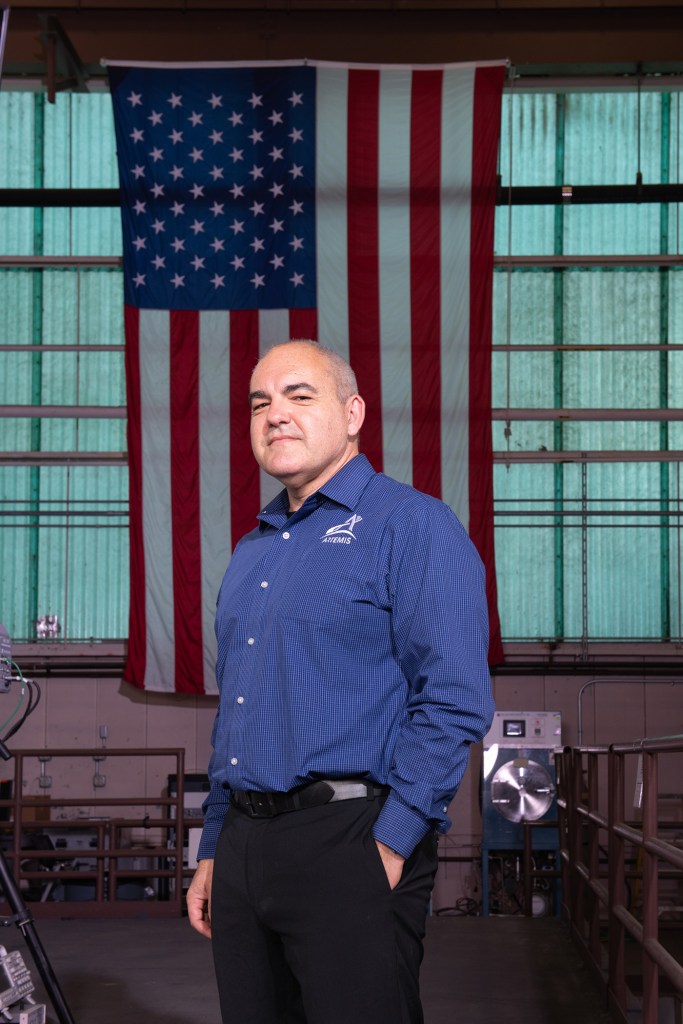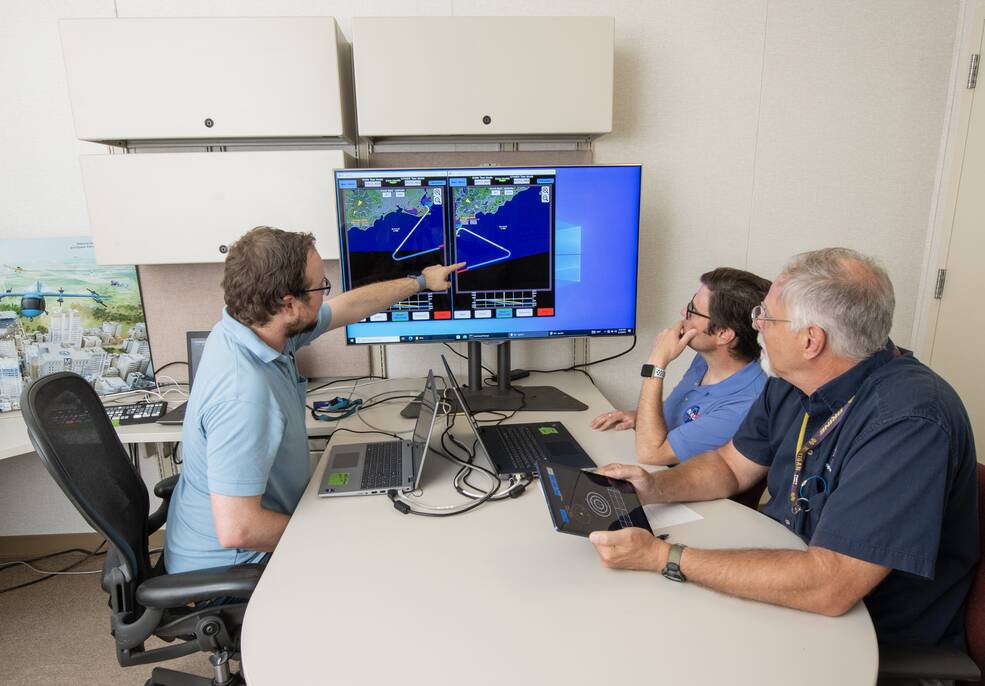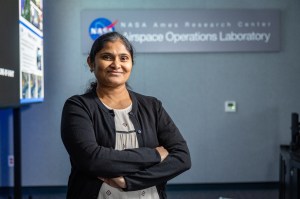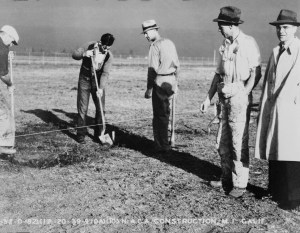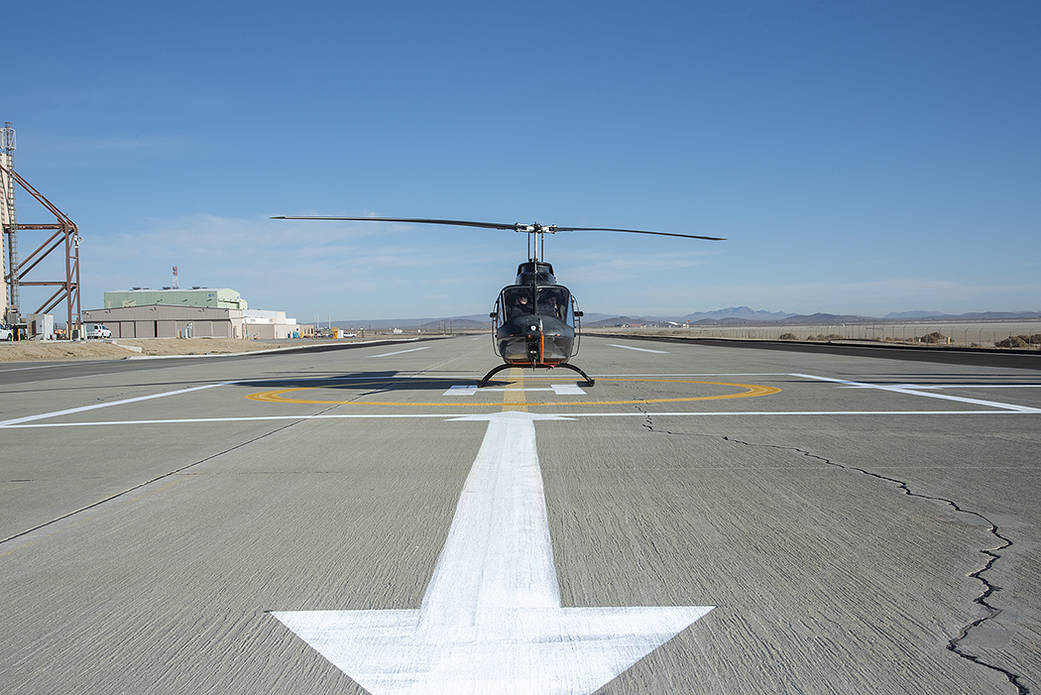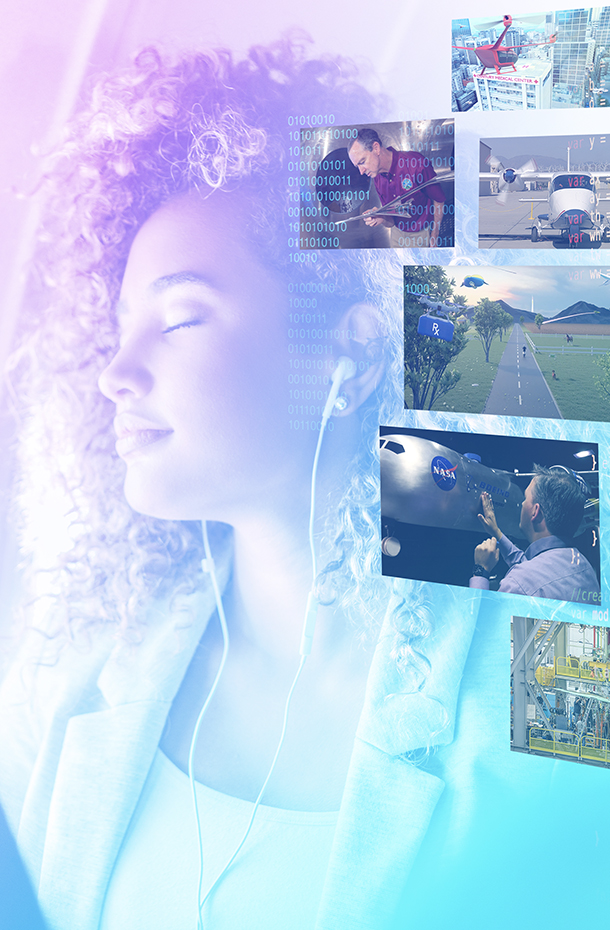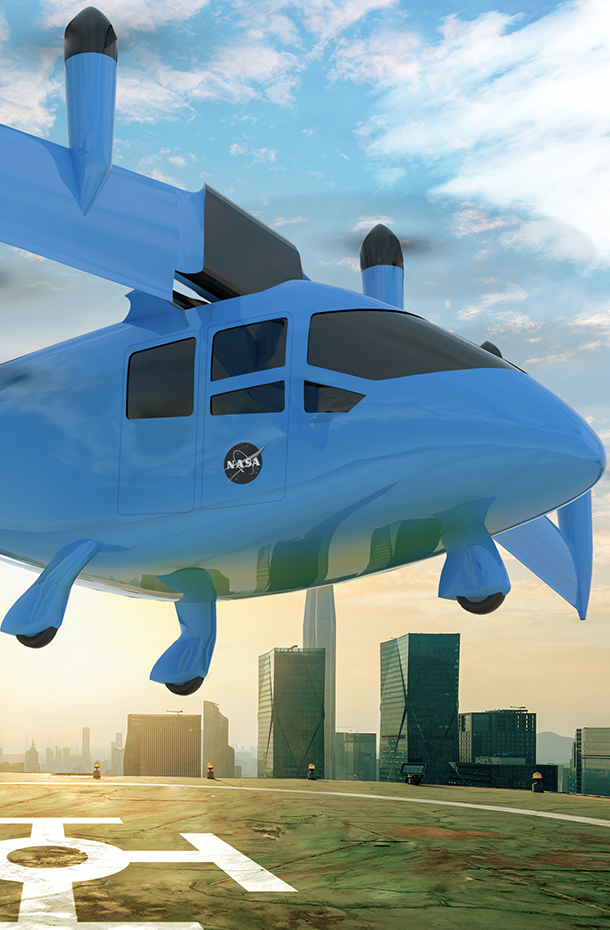Self-flying air taxis may create a new era of transportation opportunities for passengers and cargo, shortening travel time using autonomous software that provide safe and reliable flight paths. From urban centers to rural communities, automated air taxis could grant passengers unprecedented access to the world around them.
Before automation software can be used for flight it must be developed and tested to ensure its accuracy and safety. NASA’s Advanced Air Mobility researchers at Armstrong Flight Research Center in Edwards, California, have been developing automation software as part of a collaboration with Sikorsky and DARPA, the Defense Advanced Research Projects Agency. This research will ultimately test the software’s responsiveness using two highly specialized helicopters as surrogate air taxis.
Using customized test-tablets with scripted flight paths, software developers and pilots run software through precise simulations of air-to-air encounters, enabling a variety of conflict scenarios to test algorithms.
“The software design begins with conceptualizing what future Advanced Air Mobility vehicle operations and flight behavior scenarios might look like,” says lead software developer Ethan Williams. “We then refine the software requirements under development, so it behaves as expected enabling the proposed Advanced Air Mobility air-taxi operations. The simulation using the tablets and ground control room displays help to identify potential issues prior to actual flight testing.”
The team will evaluate how the software prototype allows pilots using the tablet to initiate specific autonomous flight rules that would be common for air taxis in the highly complex, dynamic, and dense Advanced Air Mobility airspace.
“Pilots must be comfortable with the software and tablet controller,” says NASA pilot Scott Howe, “given the extensive ground training familiarization, desktop and cockpit simulation exercises we’ve run, test aircrew are comfortable using the software and tablets.”
Howe added the team is confident with the software’s capabilities.
“We’ve proven the software interacts well with the aircraft flight control systems and is very capable of safely executing multiple precise software-controlled profiles in a single flight,” he said.
When the project reaches the flight stage, NASA researchers will use the Sikorsky Autonomy Research Aircraft, a modified S-76B helicopter, and the company’s Optionally Piloted Vehicle Black Hawk helicopter as air-taxi surrogates. Their tests will evaluate the NASA-designed automation software and flight control tablets in several Advanced Air Mobility operations flight scenarios.
With NASA test pilots and Sikorsky safety pilots onboard each aircraft, the two will autonomously fly test scenarios to capture the data from precise flight scenarios as the pilots interact with the research tablets to select their desired avoidance maneuvers from a set of software-provided options.
Future Advanced Air Mobility operations may include flight in very dense traffic environments. These new routes must include safe and reliable separation from every other aircraft in the area. NASA is helping to create those capabilities exploring safe procedures to pave the way for air taxi operations in the national air space.

























